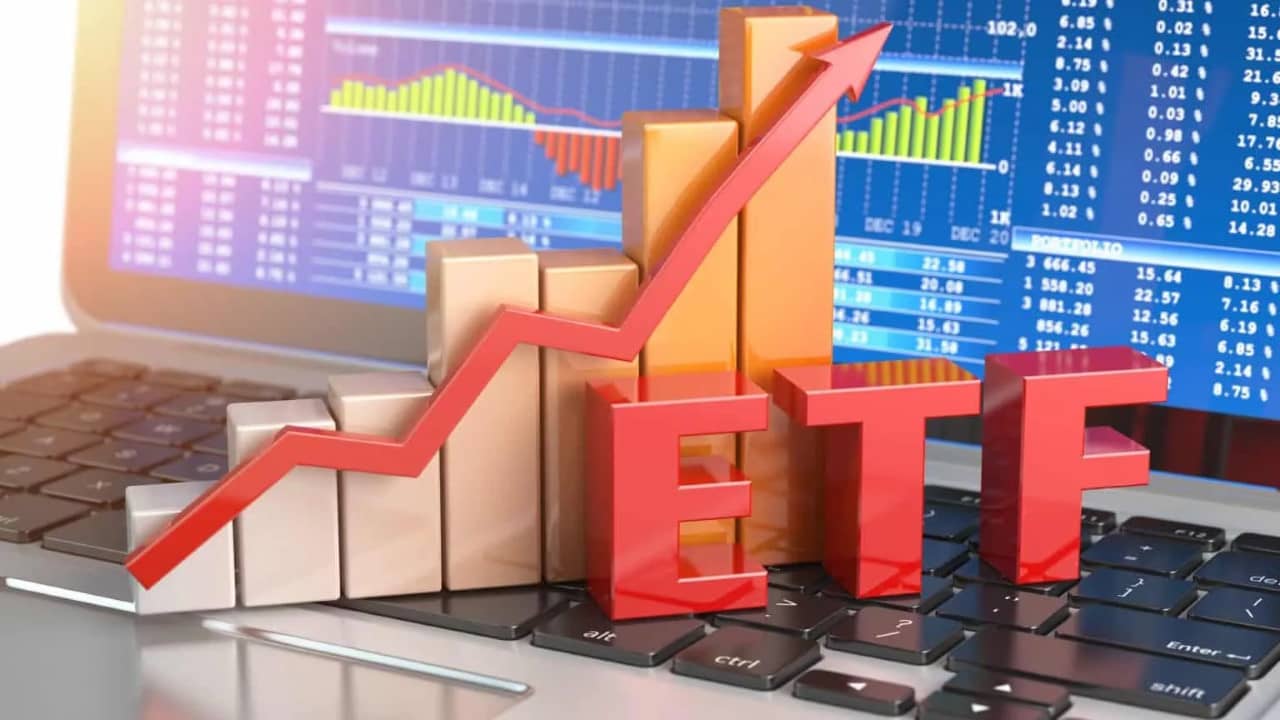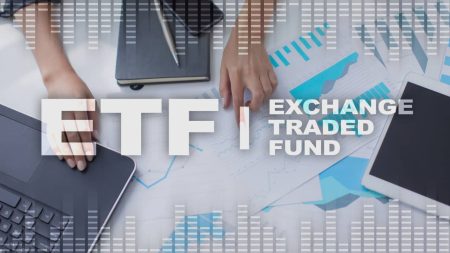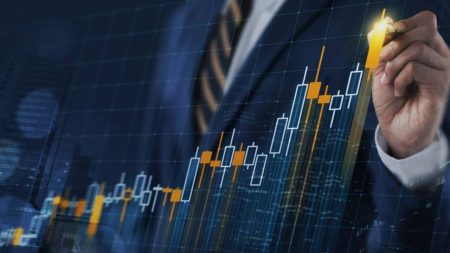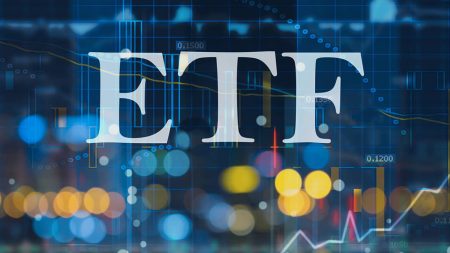This year, I made the decision to passively invest part of my future savings in ETFs in order to diversify. In this article, I will try to explain the main principles and the reasons that pushed me towards this interesting strategy.
Sommaire :
What is an ETF ?
The term ETF (Exchange Traded Funds) or trackers refers to funds listed on the stock exchange whose objective is to replicate the performance of a given stock index.
A stock market index is an indicator that measures the performance of a given market. For example, the CAC 40 index tracks the performance of the 40 largest French companies.
There are a multitude of indices on the financial markets, of which here is a short selection:
- MSCI World: 1600 companies from developed countries (United States, Japan, United Kingdom, France…)
- MSCI Emerging Markets: 1400 companies from emerging countries (China, Taiwan, South Korea, India…)
- S&P 500: 500 large American companies
- STOXX Europe 600: 600 major European companies
- …
Generally, the name of an index is prefixed by the company that created it. The main companies are MSCI, S&P Global and FTSE Russell.
Note that in addition to the geographic indices mentioned above, there are other selection criteria:
- sectoral: information technology, healthcare, etc.
- factorial: growth companies, small caps, low valuations, etc.
- Bonds…
- Thus, one can combine these criteria to find an ETF corresponding to one’s strategy: for example, an index fund following small companies in developed countries (MSCI World Small Caps).
How does it work?
In order to best replicate the performance of the tracked index, the ETF can use one of the following two methods:
- Physical replication: the ETF manager buys directly the securities that make up the index.
- Synthetic replication: the manager buys a basket of assets unrelated to the index and contracts with a financial intermediary to make up the difference in performance with the benchmark index in exchange for a fee. It is thanks to this “financial engineering” that non-European index funds can be included in a PEA (for example, an MSCI World ETF).
These funds are considered passive because the manager does not choose the financial assets in which he invests and is “content” to follow the reference index. Since less work is required, the management fees of ETFs are minimal: 0.3% per year on average for an ETF versus 2% for actively managed funds.
ETFs are as easy to buy as equities: they are listed on a continuous basis and are traded on the main stock exchanges. Depending on the underlying (the index tracked) and the replication method, they can be held in a PEA or a securities account.
Note that these index funds can distribute or capitalize dividends received (or coupons) to unit owners.
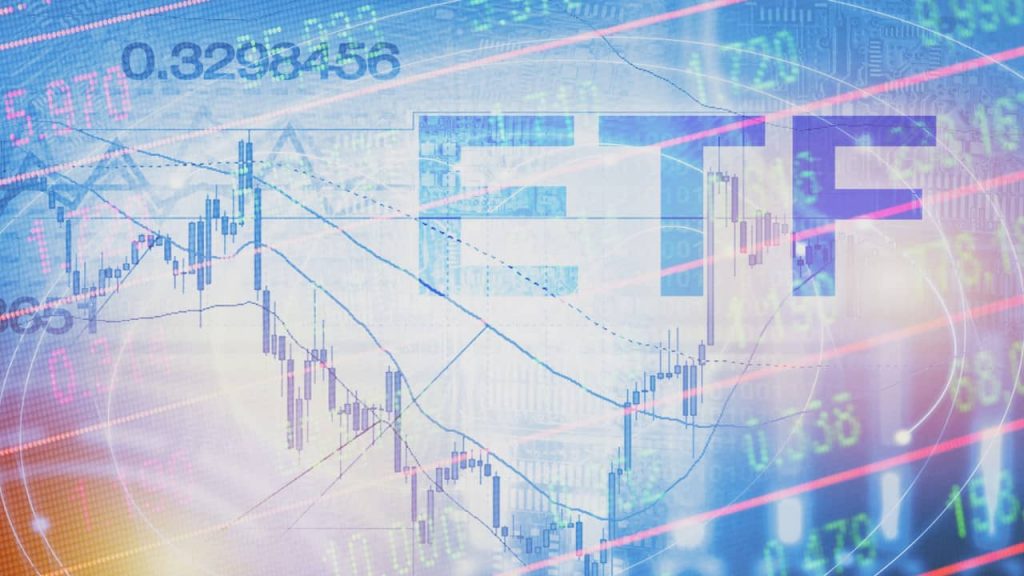
The advantages of investing in ETFs
According to a study published in 2021 on the SPIVA website, more than 80% of actively managed American funds do not beat their benchmark indices (fees deducted) over a period of between 10 and 20 years.
The same is true for European funds.
In short, it seems very complicated to beat the market over the long term. It would be more profitable to invest in ETFs that replicate indices than to choose funds actively managed by professionals, or even (extrapolating) to manage one’s own portfolio as an individual.
For my part, I realize a similar observation with my personal portfolio.
Over a period of only 7 years, it seems difficult to maintain a performance equivalent to a global index fund. My portfolio has achieved an annual performance of 12.73% against 11.32% for an MSCI World ETF.
Although managing my portfolio is a real passion, I think it is wise to question the profitability of the hundreds of hours invested to analyze and select companies, where a simple global index fund would have done almost as well. For the moment, we can estimate that my work as an investor brings me about 1.40% per year compared to a passive management.
It is also worth noting that the main global indices used in passive portfolios have performed incredibly well over the last 5 years: more than 13% per year for the MSCI World index (developed countries) and more than 12% for the MSCI Emerging Markets index (emerging countries).
Over 20 years, the performance, although significantly lower, remains attractive: 6.19% for the MSCI World and 9.58% for the MSCI Emerging Markets.
Apart from performance, ETFs can also provide interesting geographic diversification for portfolios that are very oriented towards European companies (like mine). With a single click, one can invest in thousands of companies located in developed or emerging countries. By buying the market, you avoid concentrating your investments on a small number of companies.
The disadvantages of investing in ETFs
Nevertheless, investing passively in ETFs is not a miracle solution and this strategy involves risks:
An ETF is a fund marketed by an issuer: the issuer may go bankrupt or decide to withdraw its product, forcing you to sell it. In addition, some index funds eligible for the PEA sometimes lose their eligibility.
A synthetic ETF, although generally more efficient than a physical ETF, presents an additional risk since it involves an additional financial intermediary in its operation.
Some global indices frequently used by passive investors are sometimes concentrated on a few countries: the MSCI World (developed countries) is composed of 66% American companies and the MSCI Emerging Markets (emerging countries) of 38% Chinese companies. The performance of these indexes may be lower if one of these countries experiences a bad economic situation in the future.
By investing in ETFs, you are dependent on indices managed by private companies. These indices are regularly modified: addition or removal of countries, companies…
Since passive investment has been very successful over the last decade, is there not a risk of creating a bubble by buying assets without worrying about their price?
Although these risks have a low probability of occurring, one should be aware of them when starting a passive ETF portfolio.
Conclusion
To conclude, I believe that ETFs can provide attractive returns and effective diversification for a very limited amount of work. Of course, one will have to carefully select the ETFs (and the indices to follow) and impose a discipline to invest regularly over the long term.
Although this financial product is not risk-free, I find that it has its place in a diversified portfolio.
Personally, I think I use ETFs to bring a consequent geographical diversification to my European active investments: I wish to keep an active management of my two PEA and a passive management of my securities accounts.




